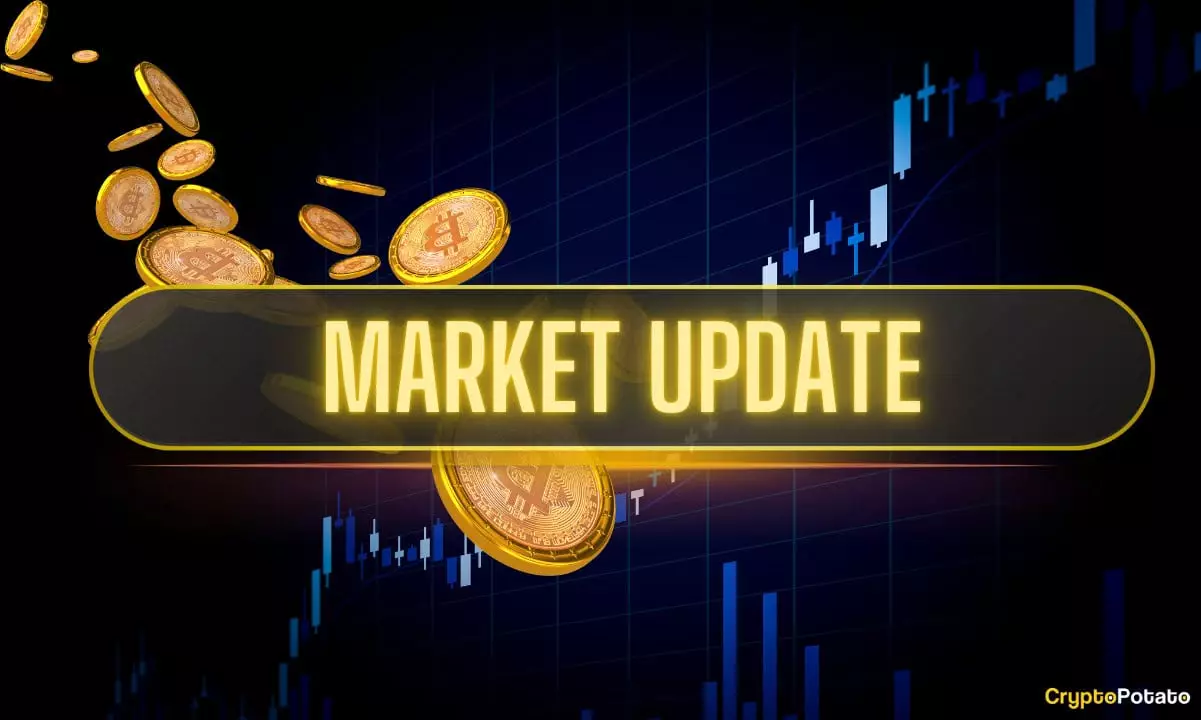This past week’s performance in Bitcoin reveals an intriguing dichotomy: while the digital currency appears resilient, close to its historic peaks, the underlying economic and political landscapes cast a shadow of doubt. Bitcoin’s rapid rebound after a brief dip around the $105,000 mark suggests a market that’s still holding onto hope for significant gains. Yet, this optimism is built on shaky foundations—namely, the reckless expansion of US debt through monumental legislation pushed by Donald Trump’s administration. The $5 trillion “One Big Beautiful Bill,” which extends tax cuts while rolling back key social programs, signals a clear inflationary bias and an increased likelihood of long-term fiscal instability. For far too long, markets have misled themselves into believing Bitcoin is an isolated safe haven. But in truth, it is increasingly tethered to the economic largesse and the overarching political decisions that threaten to erode its value over time.
This misalignment between apparent resilience and fundamental economic fragility raises critical questions. Despite the short-term momentum, the risks associated with ballooning debts and inflationary pressures could ultimately undermine confidence in fiat currencies and, by extension, Bitcoin’s role as a hedge. The recent rally mimics past stimuli—like the COVID relief efforts—yet history warns us that these rapid surges tend to be unsustainable, often culminating in sharp corrections when the true economic weight is felt.
The Political Circus and Its Consequences on the Crypto Market
The passing of Trump’s expansive legislation didn’t go unnoticed in the corridors of power or the crypto community. Initially triggering a temporary weakness in Bitcoin prices, the long-term implications are far more alarming. The bill’s significant increase in the national debt and its rollback of energy and social programs reflect a government prioritizing short-term economic stimulus at the cost of sustainability. This administration’s fiscal policy amplifies inflation risks, which, paradoxically, many crypto enthusiasts believe will eventually benefit Bitcoin. The theory is that honest investors will see fiat currency devaluing and look toward cryptocurrencies for protection. Still, this logic assumes that Bitcoin will withstand rising inflation and government intervention without large-scale regulatory crackdowns.
Adding fuel to the fire, Elon Musk’s outspoken criticism of the bill’s environmental and fiscal implications highlights a broader ideological clash. Musk’s threat to create a third political party symbolizes the deepening polarization affecting business and technological innovation. The spat between Musk and Trump exposes how political rancor spills directly into the financial markets—especially when regulatory uncertainty hampers the legitimacy and maturity of cryptocurrency markets. The removal of crypto tax relief-related amendments further illustrates a worsening environment for miners and stakers, revealing how regulatory hurdles threaten to derail the sector’s growth potential.
However, amid this chaos, discussions around a U.S. Bitcoin reserve point to a form of strategic positioning that could, in the future, offer some stability in an increasingly unpredictable environment. While Bitcoin’s current resilience is notable, the upcoming weeks are poised to test its capacity to endure macroeconomic shocks, regulatory crackdowns, and political sabotage.
The Winds of Change: Institutional Adoption and Market Trajectories
Despite these obstacles, high-profile institutional actors are showing confidence in the crypto space, especially with the anticipated approval of spot ETFs for XRP, ADA, and SOL. If these ETFs come to fruition, the market could see a substantial influx of institutional capital, boosting prices and legitimizing altcoins that have long struggled for mainstream acceptance. The potential for Ethereum to carve out a dominant role over Bitcoin in corporate treasuries is also advancing, with experts like Tom Lee and Joseph Lubin betting heavily on its versatility and smart contract capabilities.
Yet, one must question how long this bullish enthusiasm can be sustained in a landscape riddled with regulatory risks and macroeconomic volatility. The impressive success of BlackRock’s Bitcoin ETF, which now generates more revenue than traditional S&P 500 funds, signifies a turning point—yet it should not blind investors to the vulnerabilities lurking beneath the surface. A concentrated fight over 40,000 BTC assets connected to Celsius and Tether underscores the fragility of crypto’s legal and financial frameworks. The ongoing lawsuit signals that trust remains fragile, and that legal entanglements could trigger significant disruptions.
Near-term price projections remain speculative at best. Some analysts suggest that we are approaching a cycle top, while others warn of an impending correction—possibly down to $90,000—before a renewed rally. The debate reflects a larger truth: irrespective of the current bullish stature, Bitcoin and the broader crypto market are inextricably linked to unpredictable macro forces.
The Shadow of Regulatory Uncertainty and Future Risks
As Bitcoin currently hovers impressively near $110,000, skepticism remains justified. Regulatory crackdowns, uncertain policy directions, and geopolitical risks pose significant threats to sustaining these gains. The promise of a U.S. strategic Bitcoin reserve has yet to materialize into concrete policy, leaving a crucial question mark over the industry’s long-term legitimacy. If governments clamp down harder on crypto or begin taxing it more aggressively, the current rally could quickly dissolve into disillusionment.
Furthermore, the dynamics of altcoin ETFs and potential industry shifts—particularly involving Ethereum and other promising coins—highlight an evolving landscape. Success stories like BlackRock’s Bitcoin ETF demonstrate that institutional appetite exists, but they also expose how dependent the sector is on regulatory approval and political stability. Without clear, consistent policies, the market’s optimism may prove fleeting, and the current surge might merely be an illusion of prosperity masking deeper structural vulnerabilities.
In the end, Bitcoin’s meteoric rise this week underscores both the resilience and the fragility of the current crypto boom. While the hype continues, the underlying challenges—fiscal irresponsibility, regulatory unpredictability, and political turbulence—loom large. Investors should brace for a reality that may deviate sharply from the euphoric narratives circulated on social media and among bullish analysts. The long-term outlook remains clouded, and the only certainty is that the road ahead will test the true resilience of crypto’s digital promise.

